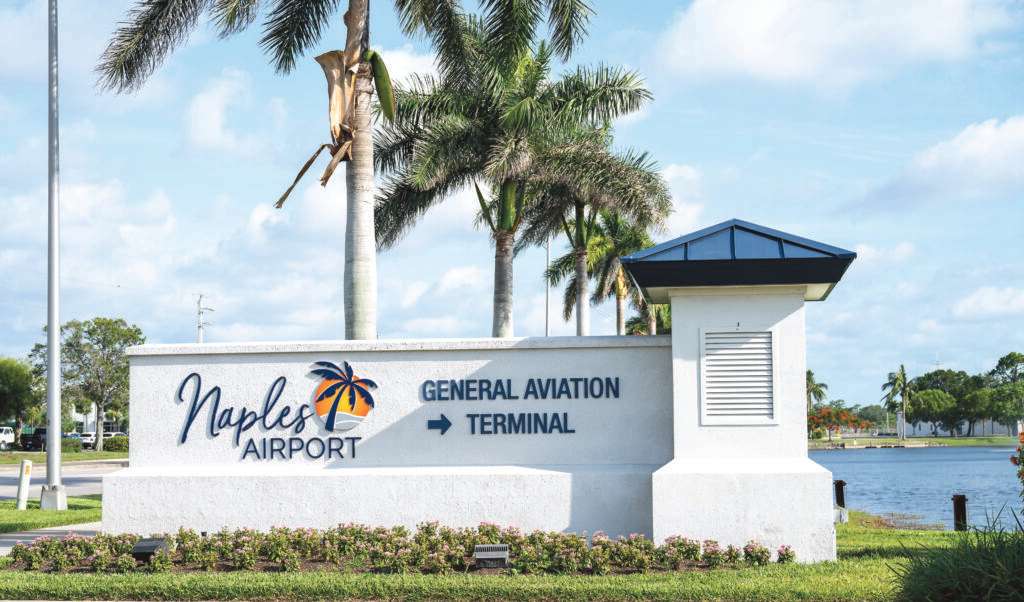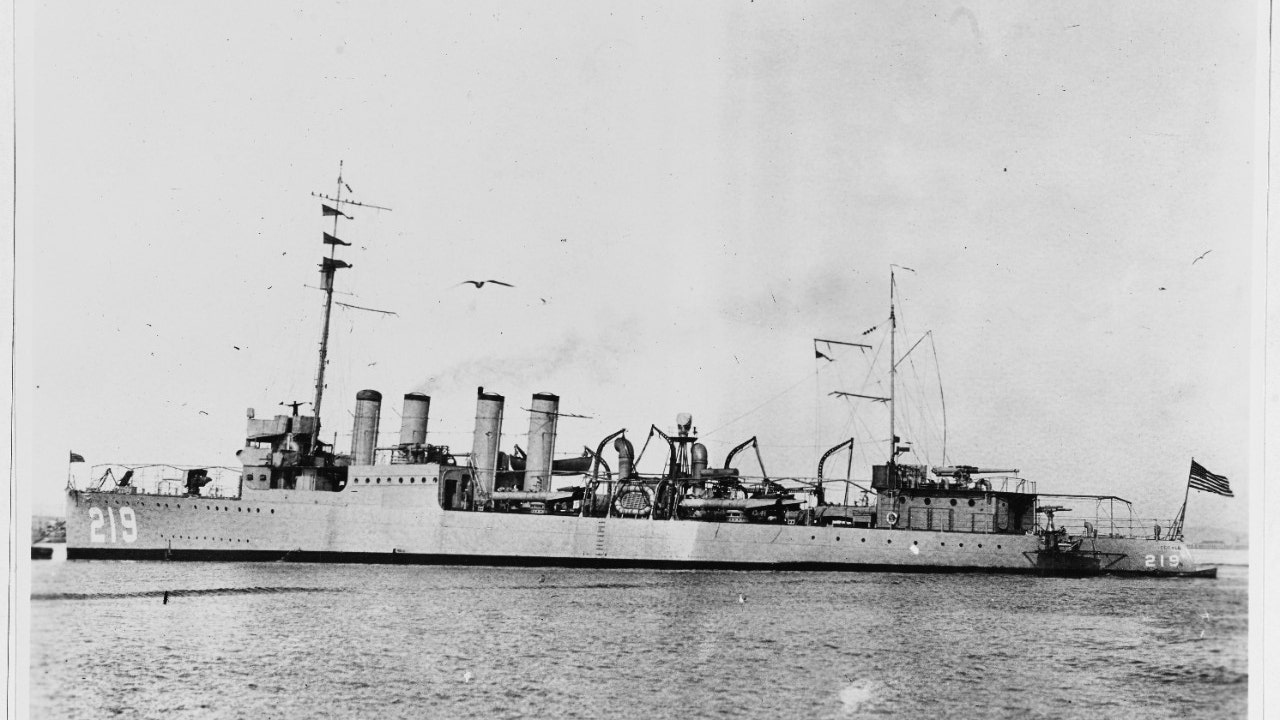The USS Edsall: A Historic Shipwreck Rediscovered
The wreckage of the USS Edsall, an American warship that was sunk during a battle with Japanese forces in World War II, has been discovered more than 80 years after it was lost at the bottom of the sea, U.S. and Australian officials announced Monday.
The final resting place of the USS Edsall, a Clemson-class destroyer, was discovered late last year at the bottom of the Indian Ocean, according to the U.S. Navy and Royal Australian Navy.
Unearthing History Beneath the Waves
“Working in collaboration with the U.S. Navy, the Royal Australian Navy used advanced robotic and autonomous systems, normally used for hydrographic survey capabilities, to locate USS Edsall on the sea-bed,” Chief of Royal Australian Navy, Vice Admiral Mark Hammond, said in a statement.
The warship met a tragic fate on March 1, 1942, merely three months after the devastating attack on Pearl Harbor, during a fierce encounter with Japanese battleships and dive bombers.
An Unyielding Stand Against the Odds
“Captain Joshua Nix and his crew fought valiantly, evading 1,400 shells from the Japanese side before being attacked by 26 carrier-dive bombers, taking only one fatal hit. There were no survivors,” Caroline Kennedy, the U.S. ambassador to Australia, stated poignantly.
On that fateful day, Japanese forces spotted the Edsall about 225 miles south of Christmas Island. Historians suggest that the Edsall, with prior battle damage, was unable to outrun the Japanese fleet.
Faced with a “hopeless” situation, Captain Nix made a bold choice. Historians recount that he initiated evasive maneuvers, laying down a smoke screen that managed to thwart enemy bombardment for over an hour before the relentless dive bombers overcame their defenses.

Nix’s actions earned respect even from his enemies, who likened the Edsall’s movements to a “Japanese dancing mouse,” a creature known for its lively antics in Japan. This paradox—admirable fervor from adversaries—paints a vivid picture of the chaos that defined naval warfare during this era.
A Legacy of Sacrifice and Mourning
“The commanding officer of Edsall lived up to the U.S. Navy tenet, ‘Don’t give up the ship,’ even when faced with overwhelming odds,” noted Lisa Franchetti, the U.S. Navy chief of naval operations. Words like these resonate deeply, reminding not just of valor but of the haunting shadows left behind in the wake of warfare.
“The wreck of this ship is a hallowed site, serving as a marker for the 185 U.S. Navy personnel and 31 U.S. Army Air Force pilots aboard at the time, almost all of whom were lost when Edsall succumbed to her battle damage,” the statement continued. This haunting imagery underscores the profound loss felt by families torn apart by war.
Many years post-war, it was revealed that a few survivors, instead of finding safe harbor, faced gruesome fates after being captured and later beheaded by the Japanese on March 24, 1942. Such stark realities paint a grim picture of the cost of conflict.
Kennedy reflected on the significance of this discovery, stating, “We will now be able to preserve this important memorial and hope that the families of the heroes who died there will know their loved ones rest in peace.” This sentiment evokes a sense of closure and reverence, celebrating the lives of those who served with unyielding courage.
In remembering the USS Edsall, we not only honor a fallen ship but also all who dedicated their lives for a cause greater than themselves. They remain forever in our thoughts, a poignant reminder of the sacrifices made during turbulent times.






































